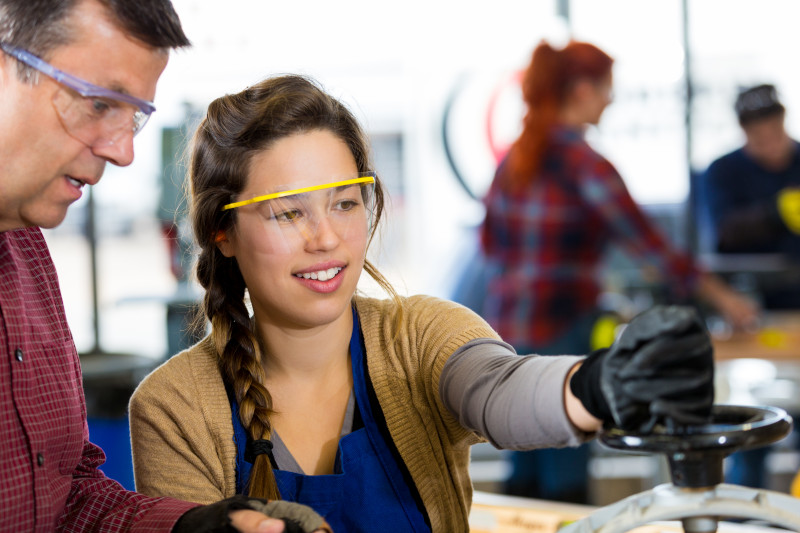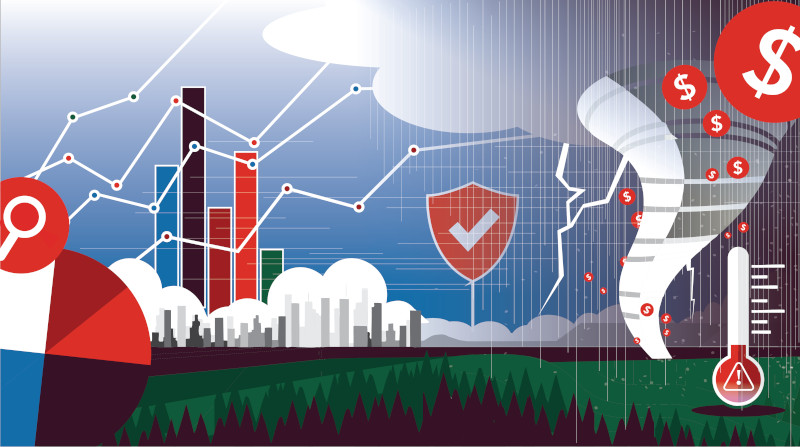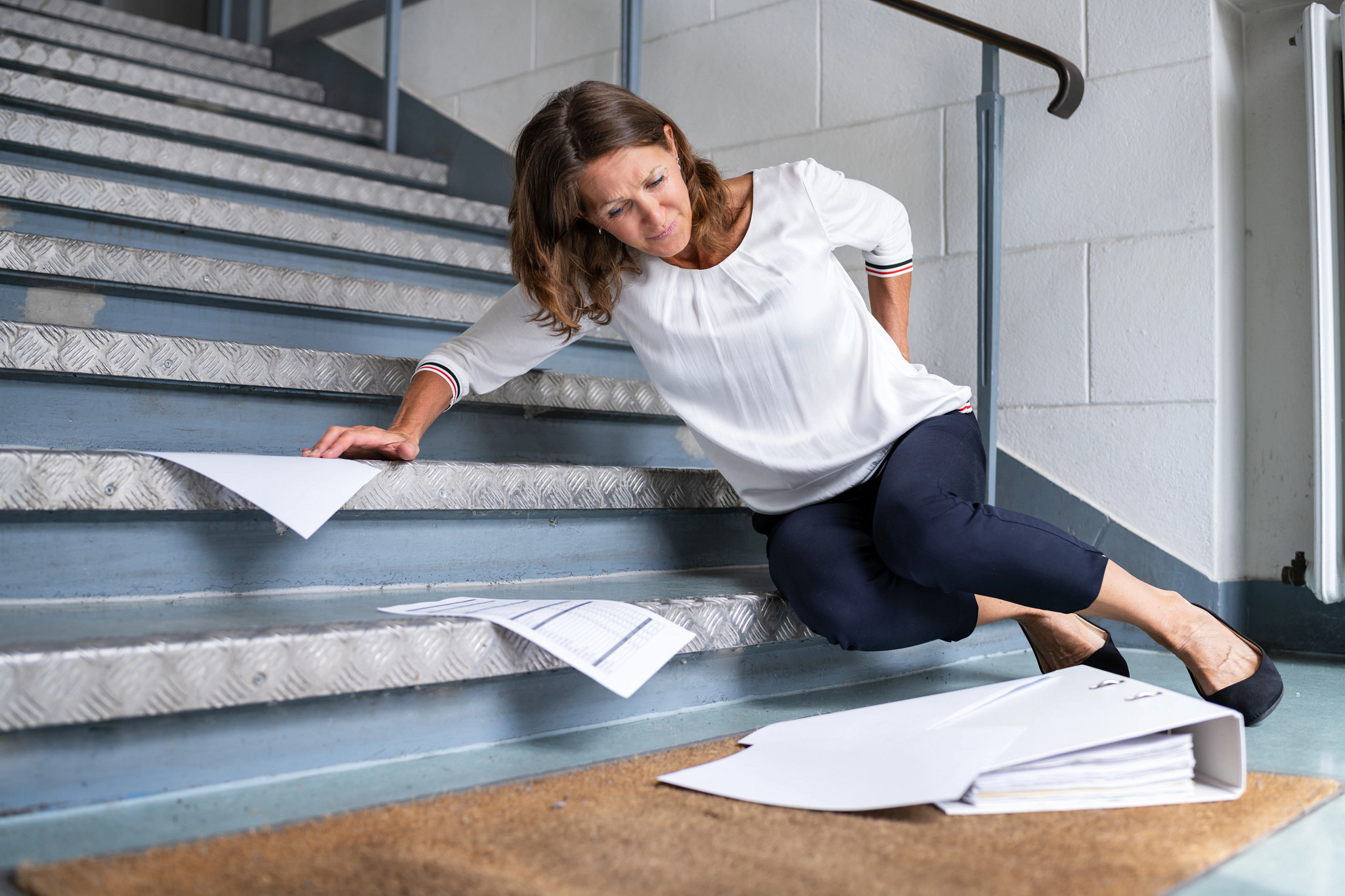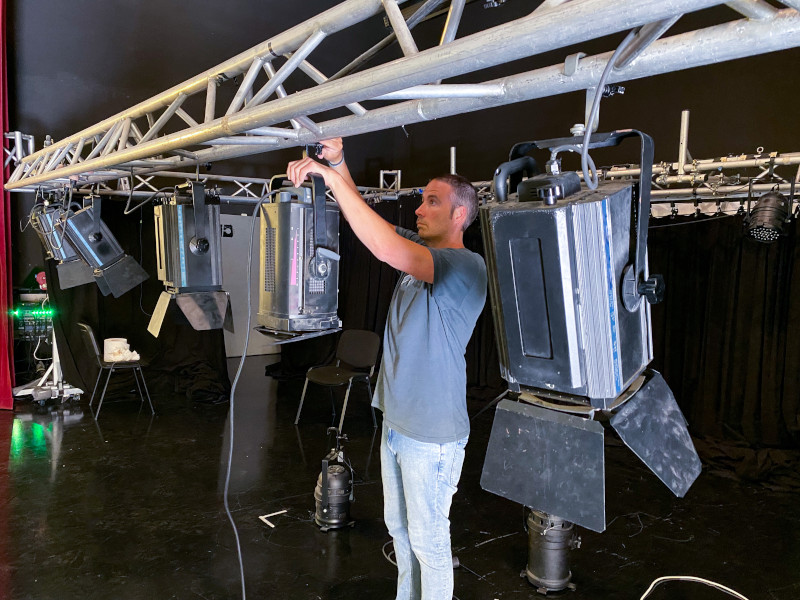Reduce risk in makerspace programs

At some schools, students and community members are fortunate to have access to makerspace programs—workspaces in which they can practice skills associated with a particular hobby. Some of those hobbies include woodworking, metalworking, photography, glassblowing, ceramics and 3D printing.
This is a tremendous opportunity, yes, but also a major risk—both for injury to the users and damage to expensive equipment. If your school has a makerspace program, it’s important that you establish policies to protect people and reduce damage to the equipment/facility. Here are some guidelines for those policies:
- Vet all users before allowing them access to the space. For staff and community members, this includes adding a question regarding criminal history to the membership form. For students, it could involve asking them to provide a letter of recommendation from a teacher or other staff member. An administrator who deals with disciplinary procedures at your school should also review applicants to ensure they don’t raise any red flags.
- Require users to sign a liability/waiver form. For students under 18, this form should be signed by both the student and parent/legal guardian. The form should be reviewed and approved by your school’s legal counsel.
- Make sure users understand the rules. The membership form should clearly indicate that failure to follow any operations or safety rules will lead to suspension of membership.
- Restrict access to specific times. Both students and community members should be able to use the space only when:
-
- Classes are not occupying it.
- School is fully open.
- An instructor or lab tech is readily available.
- School security is on campus.
- Provide comprehensive training on users’ first day in the space. During the training, new users should be thoroughly briefed on rules and regulations, as well as emergency action plans and consequences for failure to abide by the rules. A test should be administered to verify their comprehension of the rules, regulations and emergency action plans.
- Only permit members to use equipment or chemicals on which they have received operational and safety training. That training should include safe use procedures and any guarding requirements. It should also include information about the use, storage and care of all required personal protective equipment (PPE). Members should be fully aware of any emergency stop procedures, and the best ways to report equipment malfunctions. Makerspace leaders should keep any records on file for the term of membership plus one year.
- Issue badges to any individual who has been authorized to use the equipment. These badges will make it much easier to track members’ equipment and safety training, and when they have checked out specific equipment. This is the preferred standard for ensuring only people who have received operational and safety training can use a piece of equipment. If there is an incident, you will be able to easily identify who was on-site at the time.
- Stop use of any high-temperature equipment at least one hour before closing time. Some examples include equipment for jewelry making, metalworking, glassblowing, ceramics and culinary programs. If these operations stop early, this will allow cooling time prior to the makerspace becoming unoccupied. An instructor or lab tech should perform final walkthroughs of the high-temperature areas to verify all equipment is off and in a safe state. After the space closes, building security should be notified to include the makerspace area to their patrol route.
If your school has a makerspace, it’s imperative to have the above regulations in place so you can avoid any major incidents.
For more risk control tips to keep students and visitors safe when using makerspaces and other activities check out these resources.




